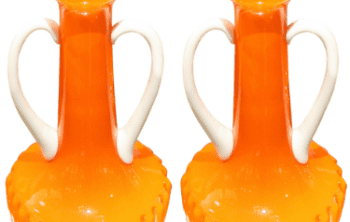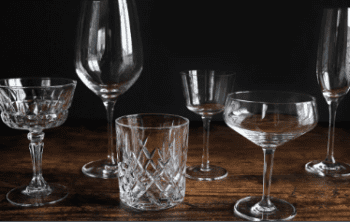In the realm of decorative arts, few materials possess the mystique and allure quite like alabaster glass. With its ethereal luminosity and captivating beauty, alabaster glass has carved a unique niche in the world of interior design and ornamentation. Often mistaken for genuine alabaster, this exquisite material has a fascinating history and an enduring appeal that has stood the test of time.

Unveiling the Illusion:
Alabaster glass, also referred to as “imitation alabaster” or “faux alabaster,” is a type of glass that has been expertly manipulated to mimic the appearance of genuine alabaster stone. Alabaster, a mineral composed of gypsum, has been used for centuries in art and architecture due to its translucent quality and soft, glowing appearance when lit from within. Craftsmen sought to replicate this captivating radiance in glass, resulting in alabaster glass – a material that captures the essence of alabaster while offering versatility and artistic possibilities.
The Birth of an Artistic Endeavor:
The history of alabaster glass can be traced back to the late 19th and early 20th centuries, a time when innovation and creativity flourished in the decorative arts. Artisans and glassmakers were inspired by the beauty of alabaster and sought to harness its aesthetic appeal in a more versatile medium. By skillfully layering and manipulating glass, they were able to create pieces that mimicked the natural veining and translucency of alabaster stone.
Crafting Alabaster Glass:
The process of creating alabaster glass is a delicate dance between artistry and science. Skilled craftsmen heat and shape glass, expertly layering different shades and textures to achieve the characteristic veining and depth found in natural alabaster. The glass is then carefully cooled and polished to achieve a flawless, smooth surface that reflects light in a way reminiscent of its mineral counterpart. The result is a mesmerizing interplay of light and shadow, giving alabaster glass its signature ethereal glow.
Versatility and Application:
One of the defining features of alabaster glass is its versatility. It can be fashioned into a wide array of forms, from lamps and sconces to decorative panels and sculptures. Its ability to diffuse and emanate light in a warm, soft manner makes it a favored choice for lighting fixtures, creating an ambiance that is both inviting and enchanting. Alabaster glass can also be incorporated into architectural elements, such as windows, columns, and ornamental details, lending a touch of timeless elegance to interior spaces.
Enduring Allure:
The enduring appeal of alabaster glass lies not only in its visual allure but also in its ability to evoke a sense of history and artistry. While genuine alabaster is revered for its natural beauty, alabaster glass offers a practical alternative that does not compromise on aesthetic appeal. Its ability to capture and diffuse light in a manner reminiscent of its mineral counterpart ensures that it remains a sought-after choice in both traditional and contemporary design.
Preserving a Legacy:
As time marches on, alabaster glass continues to captivate hearts and minds, reminding us of the ingenuity and creativity of artisans who sought to bring the ethereal beauty of alabaster to a broader canvas. Whether gracing the halls of grand museums or illuminating the intimacy of private homes, alabaster glass stands as a testament to the timeless allure of artistry, innovation, and the delicate interplay between light and material. It is a tribute to the enduring pursuit of beauty, etched in glass for generations to come.
Read more for glass cookware reviews


